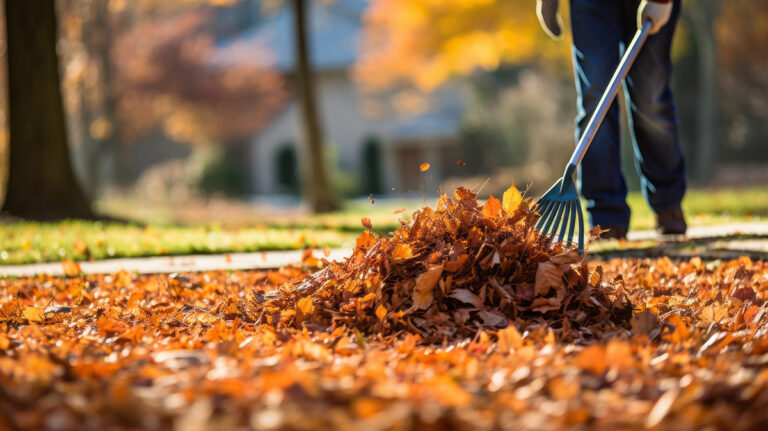
by Bronwynne Bailey, Master Gardener
Occasionally, gardeners will find a plant that is displaying very strange growth on a portion of the plant. The stem may be flat or the flower looks like two flowers pushed together like conjoined twins. The flattened stem may grow in a spiral shape. The plant could be a woody ornamental like a tree or shrub, or a perennial or annual plant, but it is obvious the growth is far from normal. This is termed fasciation.
Some think these fasciated flowers are the result of the mutation of a single cell that eventually changes the shape of the flower. There is other evidence that suggests fasciation is the result of leafhoppers. When these insects feed on a plant, they can transfer a plant hormone that stimulates the uncontrolled division of cells, resulting in the atypical growth.
Scientists theorize that hormonal, genetic, bacterial, fungal, viral, and environmental causes may all play a part in fasciation. Physical damage to the plants from insects or other animals, chemicals, frost, or careless gardeners can traumatize the plant into fasciation. Viral, bacterial, or fungal infections can leave the plant vulnerable.
Nutritional issues are thought to play a triggering role in some fasciation cases, especially if there’s a lack of zinc available in the soil for the plant to absorb.
And lastly, dramatic fluctuations in temperature as the plant grows can also seem to shock the plant into taking the fasciation development route.

Fasciation Facts
- Ring fasciation is where a ring of flower heads is produced around a normal central flower, a phenomenon referred to as ‘hen and chicks’. Plants commonly affected include delphiniums, euphorbias, forsythia, foxgloves, lilies, primulas and Veronicastrum
- Fasciation is unpredictable and is usually limited to a single stem.
- Sometimes, the effects can be obvious, creating grossly oversized stems and flowers with a weirdly grotesque look. The closer to the ground that fasciation happens, the more exaggerated its effects tend to be.
- Even if one part of a plant is fasciated the condition doesn’t usually spread to the rest of it, and fasciation can’t be spread from plant to plant, so there’s no need to panic if it suddenly appears in your garden.
Fasciation has been observed across a huge range of species, with examples found in over 100 wider plant families. However, in the home garden, it’s particularly common in strawberries, foxgloves, delphiniums, cactuses, succulents, rudbeckia, sunflower, echinacia, and gaillardia. Flowers generate the most interest when fasciation gives them a crested or contorted appearance. Fasciation can occur in about any kind of plant. Everything from dandelions to grapes will produce this unusual growth given the right circumstances. Gardeners, who are often attracted by oddball plants, have propagated some of these rarities.
Fasciation can show both attractive and ugly results, but when it happens it’s always interesting. Once the damage is done, you can’t correct fasciation on that particular stem. In some cases, you may be able to prune out the affected stems without damaging the plant. The good news is that perennials that exhibit fasciation may be perfectly normal next year, so there is no need to destroy the plant. Not all fasciation in plants makes them undesirable.
While many fasciated flowers are random mutations, breeders have maintained and propagated certain landscape plants for this flowering trait. The most popular is probably the crested celosia. Known botanically as Celosia argentea, crested celosia has flowers that either are tightly clustered (resembling the comb of a rooster) or are round and lobed (looking like a velvety brain). In fact, in some plants fasciation has such highly valued effects that when the mutation occurs, growers try to preserve it in future generations through vegetative cuttings, grafting, or even seeds. Ferns grown from fasciated cuttings can take the names ‘monstrosa’ and ‘cristata’. The combination of rarity and unusual appearance means they’re highly collectable plants for fern devotees.
Beyond the visual properties of fasciated plants, sometimes the process can have culinary benefits too. The huge beefsteak tomatoes available in modern supermarkets are thought to be the descendants of a randomly fasciated tomato plant, whose freakishly large fruits were then selectively bred to make the plant more productive for the table. Similarly, broccoli is also thought to originate in a fasciated form of a brassica, turning the original plant’s standard flowers into the multi-headed veggie we know today.
A fasciated plant can be an atrocity or a novel distraction. Some gardeners will want to remove the unusual plant, while others will want to keep it as a curiosity. Sometimes the most exciting plants in our landscapes are the ones that surprise us. The secret to finding some of these botanical gems is taking a closer look at your plants. Every once in a while, we are rewarded with garden treasure.

Whatever the cause, when you come across a fasciated plant, enjoy it for what it is a random act of garden kindness that adds to the beauty of our landscapes.



